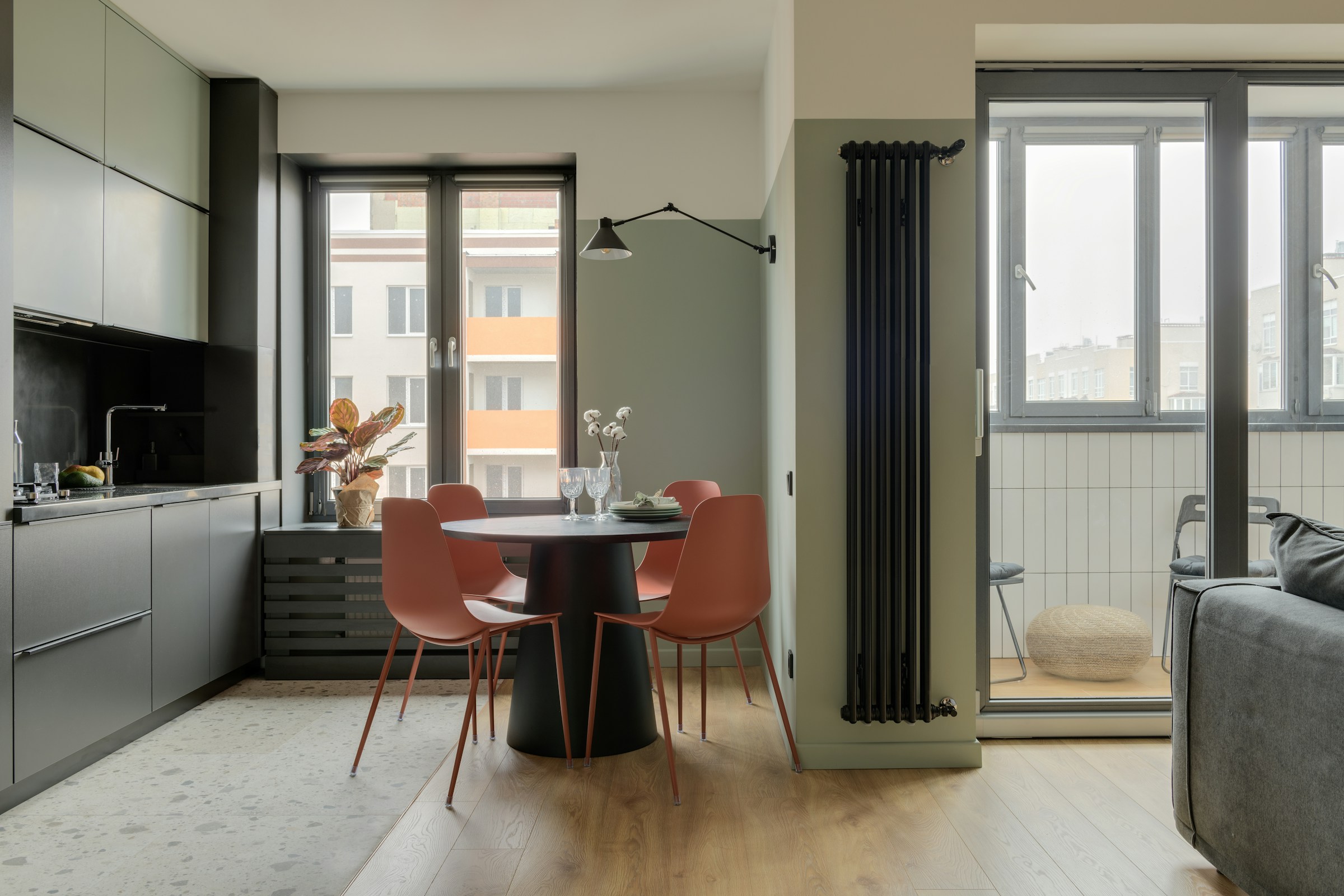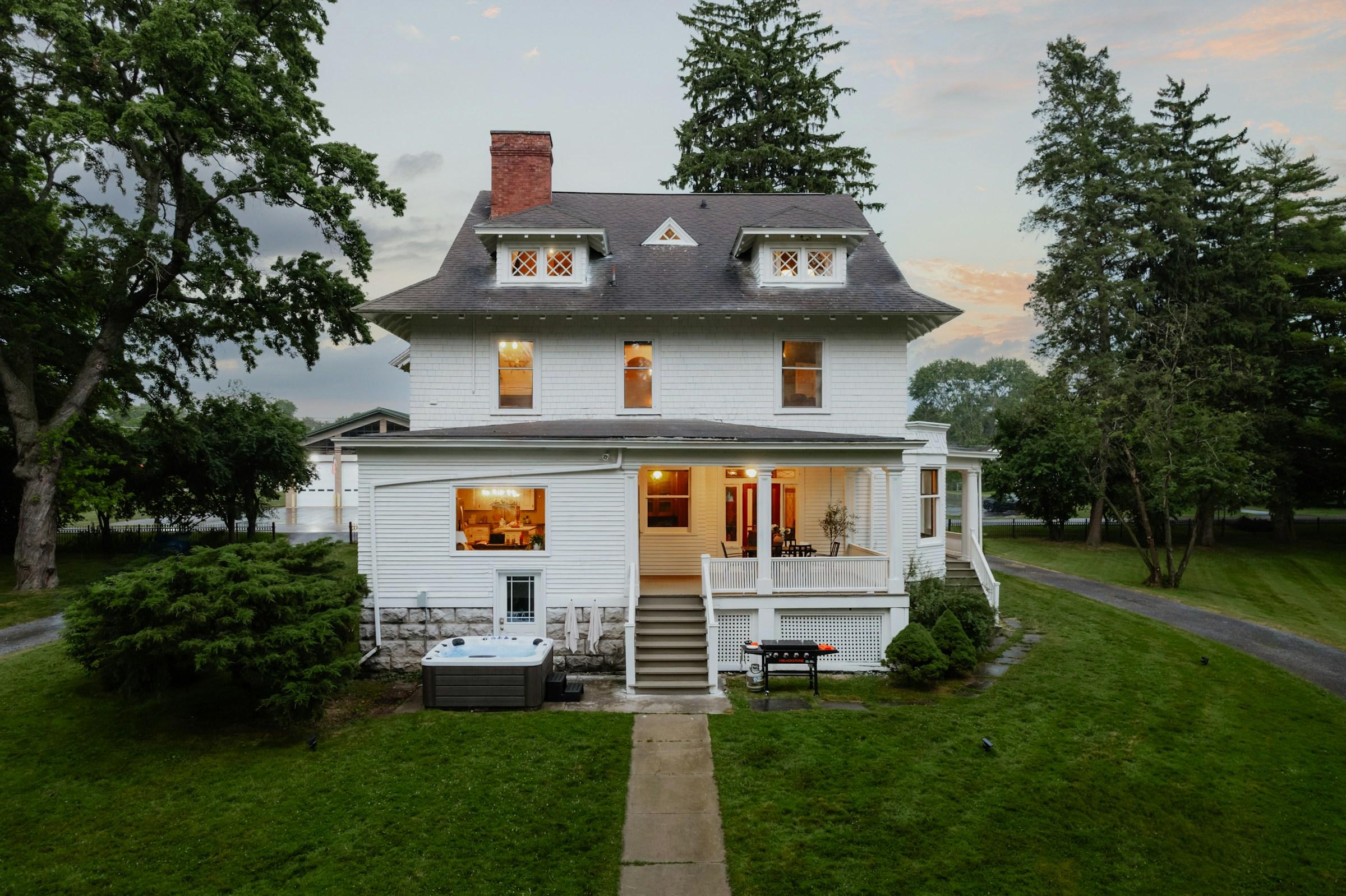The decision to apply for a Build To Order flat in Singapore is often the first major financial move a young household makes, and the question that shadows the paperwork is deceptively simple. Is a BTO flat a good investment. In everyday conversations, the answers can sound absolute. Some people speak as if the path from keys collected to a comfortable upgrade is assured. Others insist that public housing is meant to keep life stable rather than produce windfalls. Between those poles lies a quieter truth. A BTO can be an excellent anchor for long term wealth if you treat it first as a home that reduces financial risk and only second as an asset that may appreciate. That perspective does not dull ambition. It clarifies what the system is designed to do and how to work with it rather than against it.
To see the issue clearly, begin with purpose. BTO pricing sits below comparable open market alternatives because the policy goal is affordability for citizens forming households. The discount is not a promise of profit. It is a social compact that trades speculative heat for stability. Location, flat type, and broader market conditions still matter and will shape the entry price, but the core intent never changes. The government prices new supply to keep home ownership accessible, and in doing so it removes some of the volatility that defines private markets. The moment you absorb that intent, the framing of the question shifts. You are not buying a leveraged ticket to quick gains. You are choosing a long duration home that gives you a fair chance to build equity steadily while living costs remain predictable.
The next pillar is the Minimum Occupation Period. For five years, you live in the flat. You do not sell it, you do not buy a private home in your own name, and you do not rent out the whole unit unless the rules at that point allow it under specific conditions. Many first time buyers know these rules in theory but underestimate how binding they feel in practice. If your career may require frequent moves, if your partnership status may change, or if you simply prefer to take advantage of opportunities as they come, the MOP will feel like ballast. From a financial angle, ballast can be good. It forces you to avoid impulsive trading. From a flexibility angle, ballast is a cost. Calling a BTO flat an investment without acknowledging the MOP is like calling a bond a short term bet when it was issued with a long maturity. The instrument is not wrong. The time horizon is.
Grants and eligibility conditions often look like the magic wand in the BTO story, and they do a lot of good. First time buyers can receive significant support through CPF housing grants, which lower both the cash required for purchase and the ongoing monthly payment. This changes the effective entry price, and it can make a BTO flat the only viable route for many households. The nuance arrives later. Grants can vary by income, household profile, and flat type. Future moves can trigger a resale levy if you buy another subsidised flat down the road. Those features do not erase the value of the help you get. They simply remind you that grants are policy tools with strings attached, not free profit. They smooth the first step and shape the next one.
Financing choices then set the rhythm of your risk. An HDB loan has historically been steady because it is linked to CPF Ordinary Account rates with a fixed spread, while bank loans float with market conditions and can be cheaper or more expensive over time. On top of that, the Mortgage Servicing Ratio and the Total Debt Servicing Ratio cap how much of your income can go to debt. These guardrails are not there to annoy you. They exist to keep households and the system from toppling when interest rates rise or incomes fall. In a spreadsheet, you can make almost any property look attractive by focusing on eventual resale value. In real life, a flat is a monthly obligation that must stay comfortable through downturns, family changes, and the curveballs that never appear in neat projections. A BTO flat often looks like a conservative choice because it is. That conservatism is not a bug. It is part of the return.
Once you clear the MOP, you step into the resale market where location, estate maturity, and proximity to transport and sought after schools begin to matter a lot. Flats in places that shorten commute times and fit family routines usually command stronger prices and remain liquid even when the market cools. Policy layers interact with these fundamentals. Ethnic quota rules can narrow or widen the buyer pool in specific blocks. Proximity grants can tilt demand toward projects near parents. The casual phrase lottery flat gets thrown around to describe BTO launches that combine subsidy entry with prime location. The phrase hides a simple point. Not every launch is positioned the same way. Good investment outcomes tend to follow good fundamentals. If you choose a project because it fits daily life and aligns with the attributes private buyers pay for, you will tend to fare better than if you choose one mainly because it was the easiest to secure.
Lease tenure sits quietly in the background until it does not. All HDB flats come with a 99 year lease, and as a flat ages its remaining lease becomes a hard factor in price and financing for future buyers. You will sometimes hear people cite the Selective En bloc Redevelopment Scheme as a potential upside that erases lease decay. Authorities have been consistent that SERS is rare and limited to sites with strong redevelopment potential. It is not an entitlement and not a plan. For BTO buyers, this reality has an upside of its own. In the early decades, the long remaining lease and new condition support value retention. If you treat the flat as a home that you will hold through at least one market cycle, lease concerns are distant. If you expect the government to rescue value late in the lease, you are not planning. You are dreaming.
Timing and opportunity cost complicate the clean lines of any model. BTOs involve a waiting period from application to completion. During that time, you may rent, live with family, or delay forming a household. Rent is an explicit cost. Living with parents can reduce outflows dramatically, but the calendar still moves and markets do not pause. A resale HDB flat offers immediate occupancy and latitude to move near work or caregiving needs, which can raise quality of life at a higher entry price. That price may compress future gains, but the right move for your life can still be the right move for your finances if it protects your career trajectory and your mental bandwidth. Choosing between BTO and resale is not a contest of spreadsheets alone. It is a choice about when and where you want to live, and what you are willing to trade for that alignment.
Because stories are powerful, it is natural to look at the upgrade path that some couples follow. The familiar script goes like this. Apply for a BTO, collect keys, complete the MOP, sell at a tidy gain, then move to a private condominium with a bigger loan but a dreamier pool. That script can work. It also hides three friction points that matter. First, transaction costs eat into your proceeds through stamp duties, agent commissions, and legal fees. Second, higher monthly payments in the next home can neutralise the emotional high of a large cheque if interest rates rise or bonuses fall. Third, market cycles do not time themselves to your MOP. If private prices soften just as you are ready to move, your plan may demand a larger income buffer than you assumed. Seen in this light, the upgrade story becomes a sequence of decisions rather than a guaranteed ladder. BTO works best as a safe base case that you can build upon, not as a trampoline.
Some owners hope to keep the BTO as a rental once they are eligible to purchase another property. The idea is attractive for those who want a stable income stream while moving up the ladder. Whether this is viable depends on rules at the time, financing frameworks for second homes, and your own tax position. Public housing is meant primarily for owner occupation. When policy signals a need to prioritise that purpose, rental flexibility can tighten. A sober plan prices in property tax on non owner occupied status if relevant, routine maintenance, and realistic vacancy. Many households discover that the quieter financial benefit of a BTO is not rental yield at all. It is the lower all in cost of living during the core working years, which leaves more CPF and cash free to invest in diversified assets that compound without concentration risk.
Affordability ratios provide the most practical compass to navigate all of this. If your mortgage remains a prudent share of gross income and you preserve an emergency buffer, the flat will not push you into fragile territory. The CPF system can shoulder a large portion of monthly payments, but it is wise to check that the obligation would still be comfortable if your cash income temporarily dipped or if you chose to make a career change. Households often glance at paper gains at the end of five or ten years and feel satisfied. The deeper question is whether those years allowed you to maintain retirement contributions, invest regularly, and sleep well. A BTO flat is a strong investment when it protects those broader goals and does not crowd them out.
Household profile shapes the calculus more than many people admit. Dual income couples with stable earnings and a clear desire to put down roots usually benefit most from a BTO. They capture grants, enjoy calm financing, and can target launches that align with work and family routines. Singles with uncertain timelines, families who expect to relocate, and people who prize flexibility may rationally accept a higher entry price in the resale market to stay in control of timing and location. No policy can erase the reality that lives differ. Choosing well means matching the instrument to the life that will use it.
The broader market climate colours perceptions in both directions. When resale prices climb quickly, post MOP gains look impressive and friends share screenshots of offers that arrived within days. When cooling measures tighten, credit conditions change, or sentiment turns, momentum slows and the same friends start to speak about patience. It helps to remember that the housing framework is designed to meet social outcomes, not to maximise private returns. Cooling measures, income ceilings, and loan rules are tuning knobs that keep the machine stable. If you approach the system like a trader, these adjustments feel like headwinds. If you approach it like a household seeking stability first, they feel like protection.
So where does this leave the original question. A BTO flat is a good investment when you define investment as a blend of risk control, affordability, and the possibility of equity growth over a sensible horizon. You enter at a policy supported price that improves your odds. You commit to living there through the MOP and accept that your flexibility is reduced in exchange for certainty. You finance conservatively so that monthly payments do not disturb your sleep. You choose a project with fundamentals that future buyers will value, such as transport access and estate maturity. You acknowledge that the lease is finite and that redevelopment schemes are rare. You treat transaction costs as real and upgrades as optional rather than inevitable. Under those conditions, the BTO functions as a foundation that supports the rest of your financial life.
If your definition of investment requires speed, high optionality, or the ability to monetise the asset early, the BTO route may frustrate you. It is not built for quick flips or high leverage plays. The happy stories that sometimes circulate are not fabrications, but they are case studies that worked within policy constraints and often benefited from excellent location choices and a friendly cycle. They are examples, not guarantees.
The better question to carry into your application is how long this asset needs to serve you and in what ways. If you plan to form a household, raise children near familiar amenities, and hold the flat through at least one cycle, a BTO offers a rare mix of affordability and value retention. If your next five years are uncertain, a more flexible path may cost more upfront but protect your ability to act when life demands it. In that sense, the BTO is a policy instrument before it is a wealth instrument. It secures a roof on terms that reduce risk. It enables equity growth without inviting speculation. It gives the typical household a steady launchpad from which to invest in skills, careers, and diversified assets.
For most people, that is exactly what a good investment looks like. It does not dazzle with extreme returns. It carries you across the long middle of life without drama. It keeps you in the game when conditions change. If you buy within prudent ratios, prioritise location fundamentals, respect occupation rules, and keep saving and investing in parallel, the likelihood is that you will end up with both a home you enjoy and a balance sheet strong enough to fund whatever comes next.





.jpg&w=3840&q=75)

.jpg&w=3840&q=75)
.jpg&w=3840&q=75)
.jpg&w=3840&q=75)

.jpg&w=3840&q=75)
.jpg&w=3840&q=75)

.jpg&w=3840&q=75)